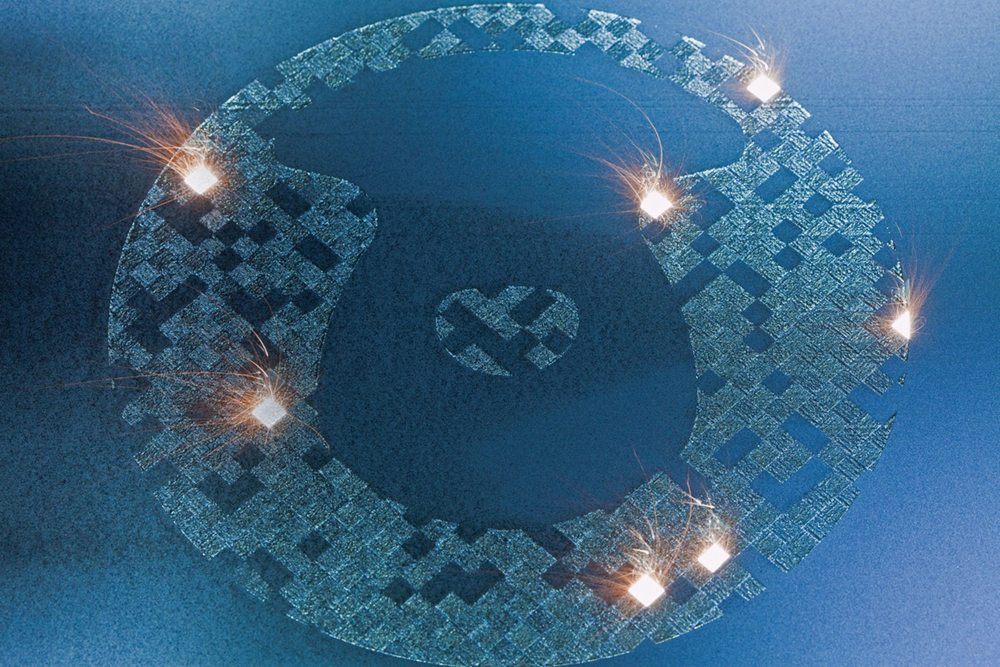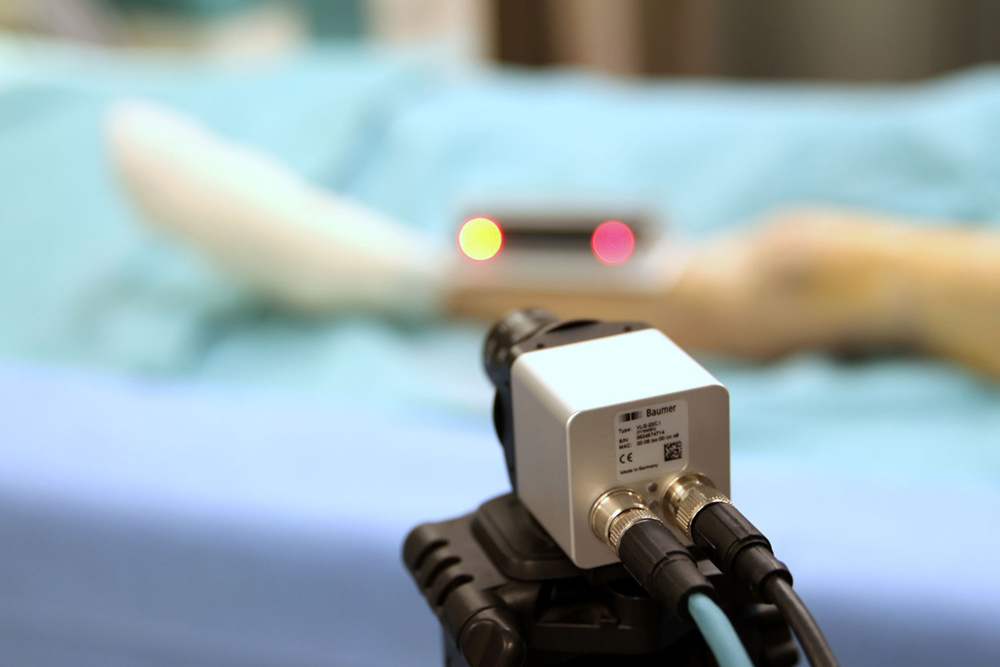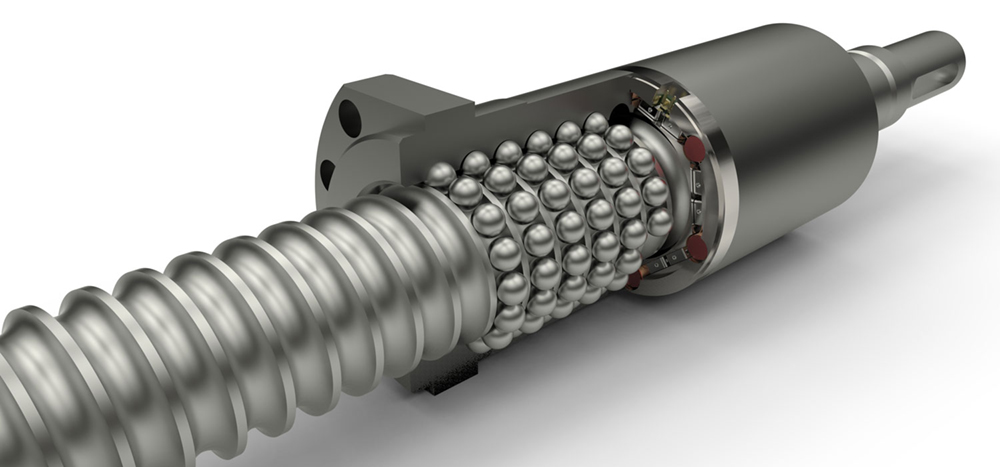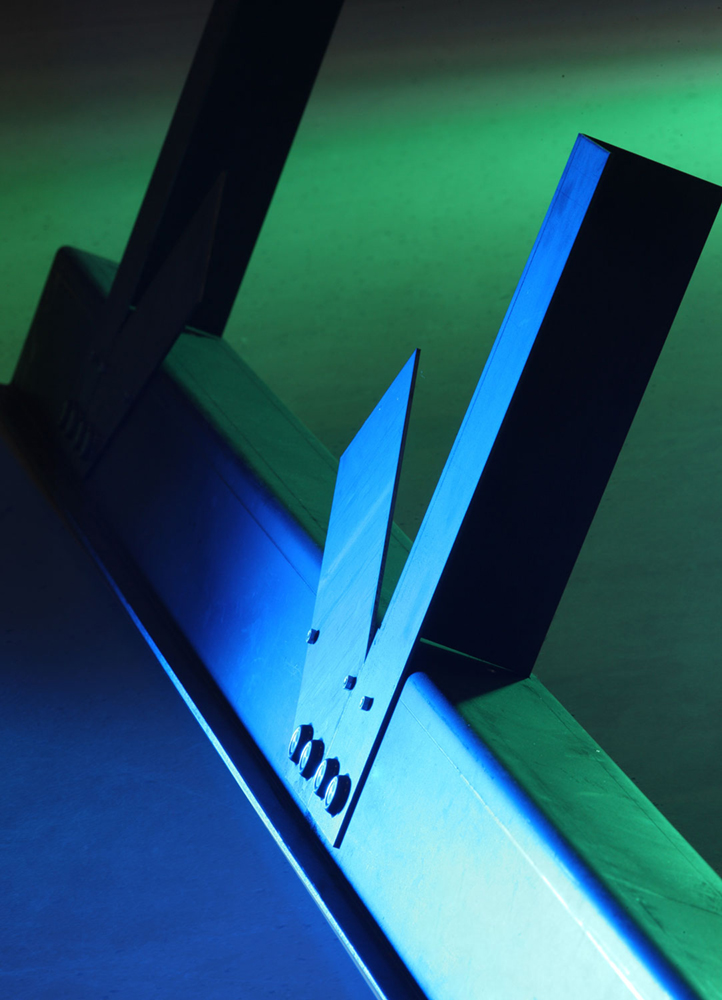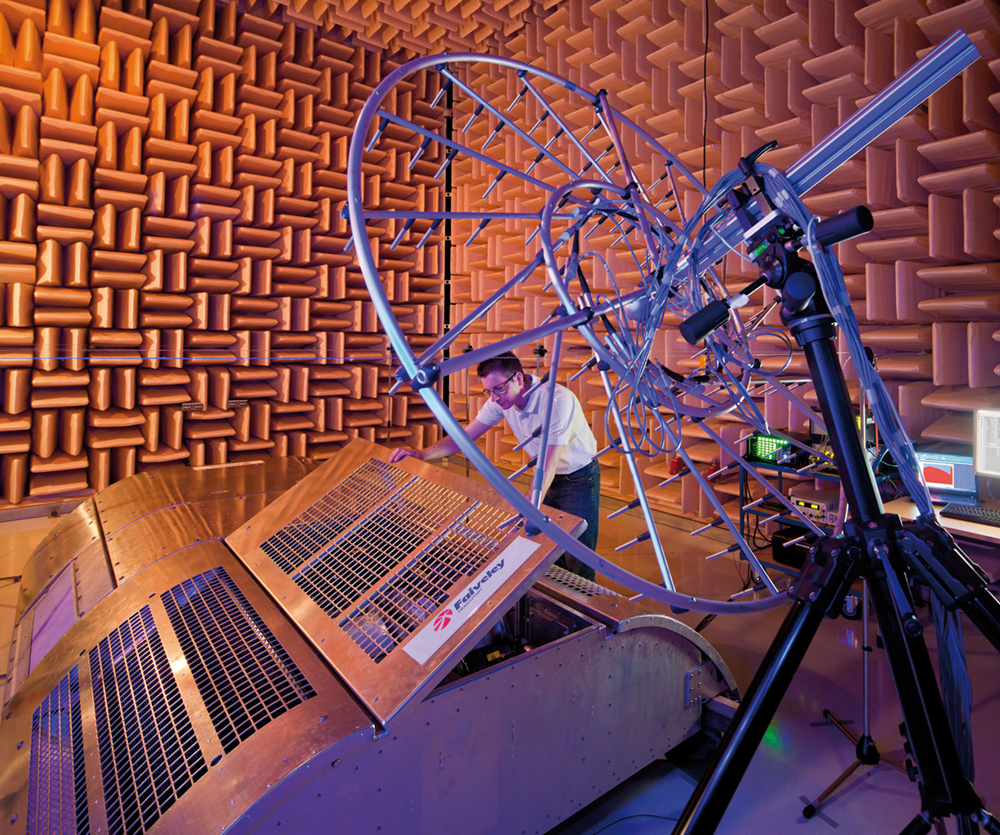Manufacturing beyond the limits of today’s processes – additive manufacturing
The laypersons calls it 3D printing, the expert talks about additive manufacturing. Strictly speaking, nothing is printed, but built up layer by layer using various materials. For example, plastics are melted and pressed as a liquid through a nozzle before they solidify again. In addition, complex and very large metal components can be manufactured by additive processes, for example in industry. Scientists at Fraunhofer IWU proved this to work.
The researchers applied laser (beam) melting, thus choosing new paths for developing and manufacturing innovative components. Based on computer models, they are built up directly, for example using powder of stainless steel, aluminum, titanium or cobalt-chromium. A laser beam successively melts this powder entirely. When it hardens again, it results in a microstructure that is almost 100 percent dense. Since the components are generated layer by layer and without using any tools, this process offers nearly unlimited freedom of design and construction, and it allows for any complex metal structure.
This includes tools used for forming presses to shape metal sheets for car body production. The engineers of Fraunhofer IWU have special competencies in this area. Using laser beam melting, they developed tool inserts with new functions. For example, they manufactured components with delicate channels through which coolants can flow. This method allows for considerably faster cooling down of the tools to the correct operation temperature for the next pressing cycle. Thus, more parts can be produced in a shorter period of time, the workpiece quality is improved and resources can be saved. The molds and workpieces produced by additive manufacturing are absolutely robust and highly stress-resistant, which was proven by the IWU scientists under conditions of mass production.
 Fraunhofer Dresden
Fraunhofer Dresden